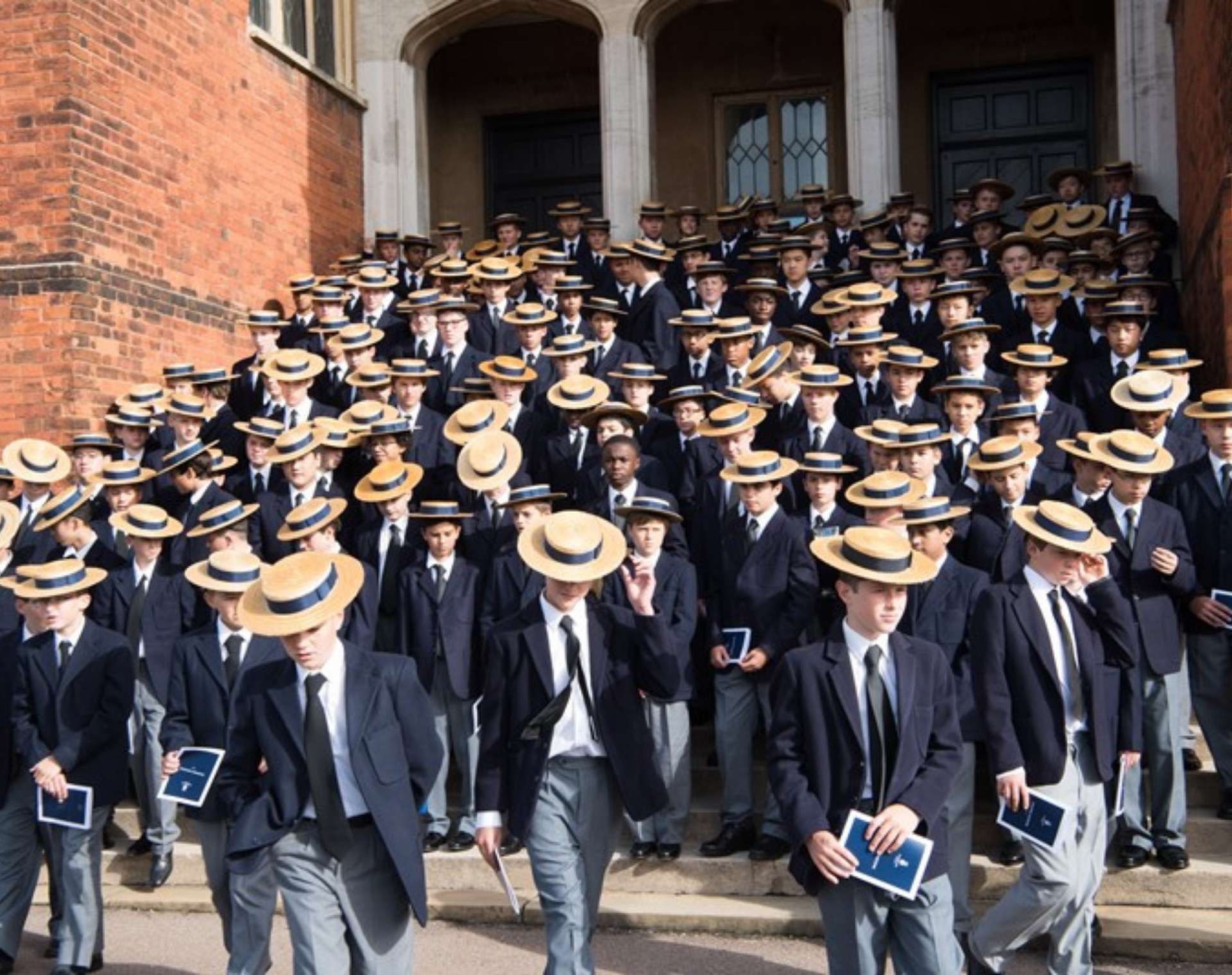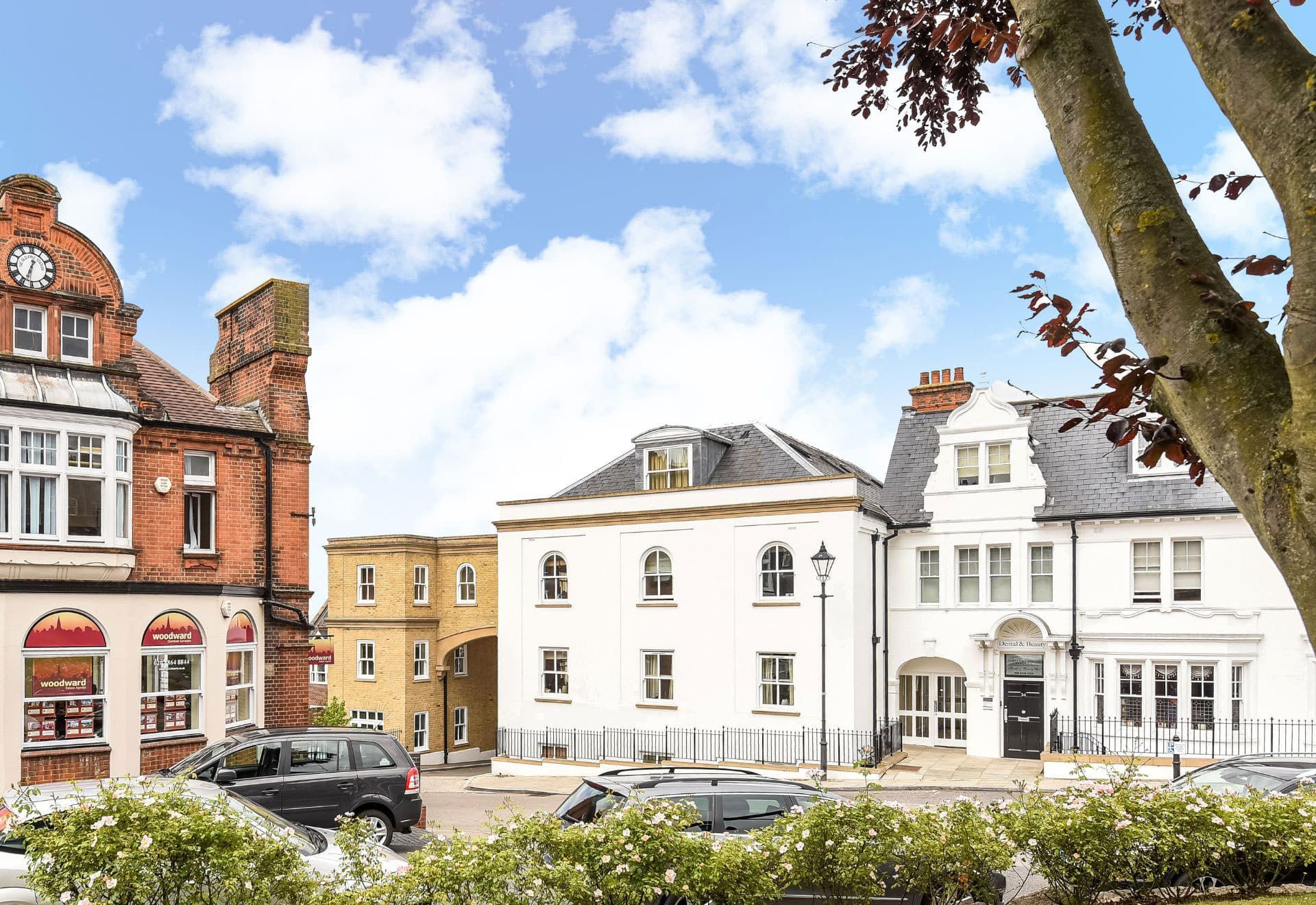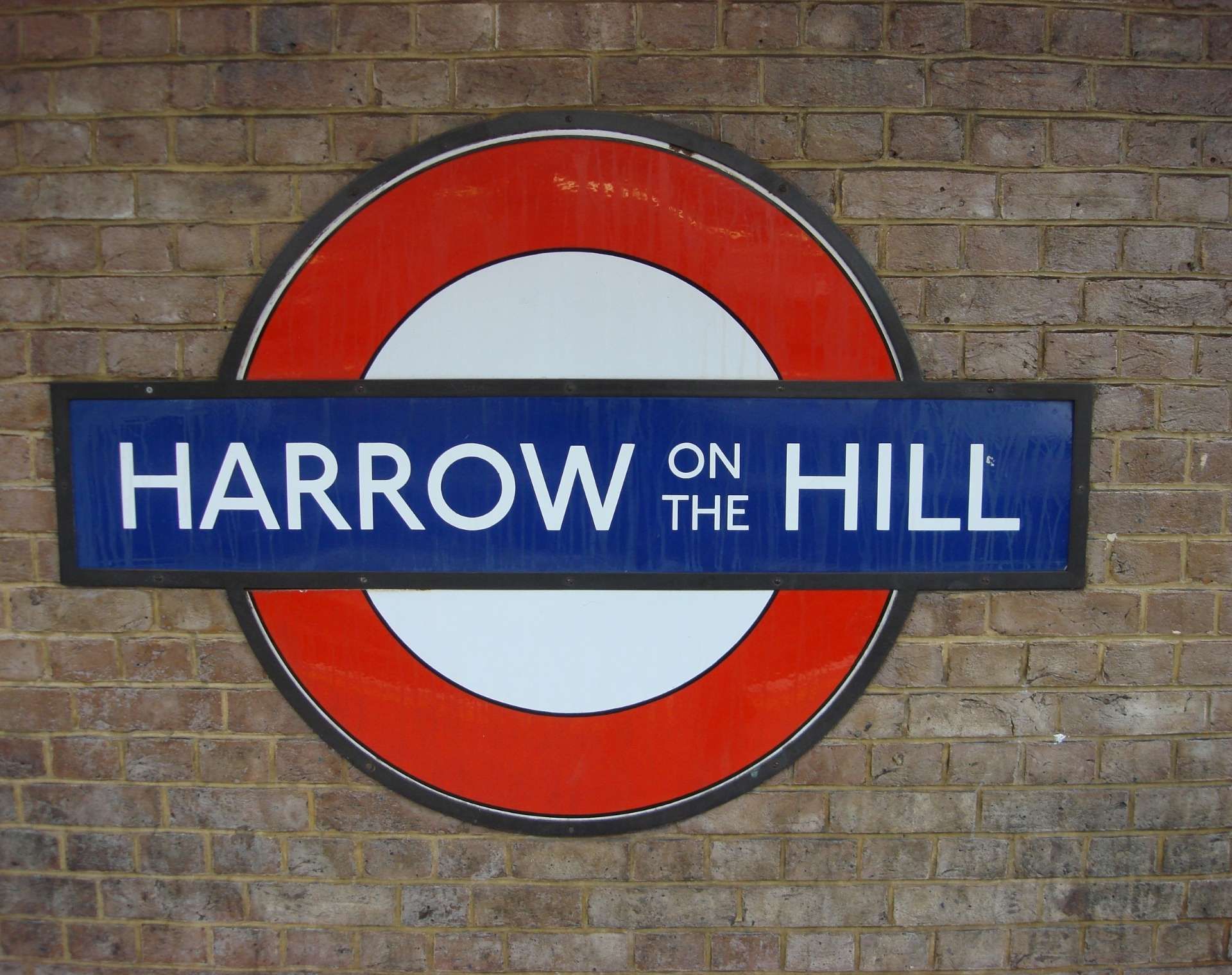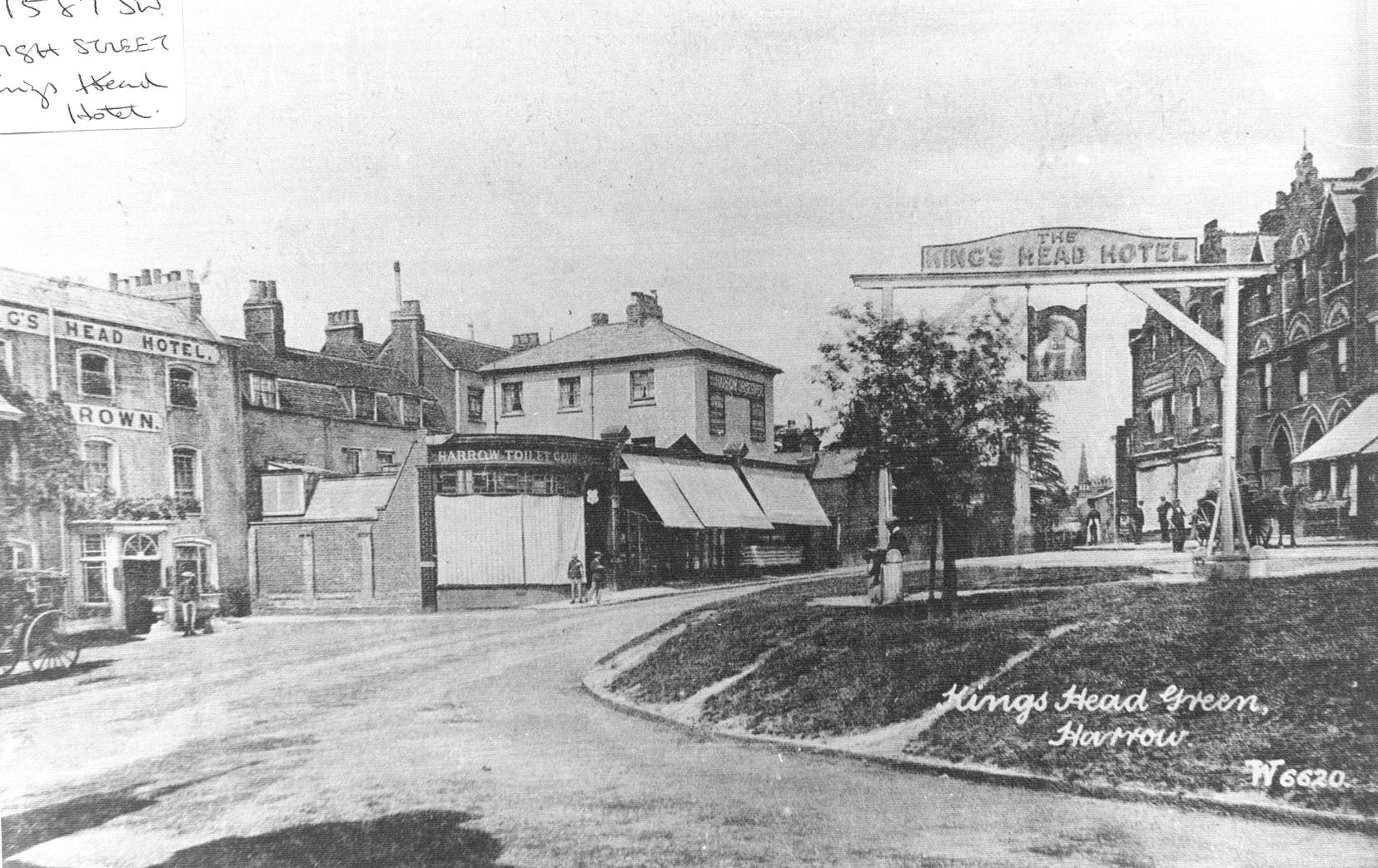
Harrow-on-the-Hill
Harrow on the Hill is one of the most distinctive and historic areas in the borough, rising 70 metres above the surrounding plain. The area’s topography, with commanding views and undulating streets, is arguably its most defining feature.
About the area
Its unique townscape comprises a settlement of considerable historic and visual quality, set along an irregular network of ancient highways, and surrounded by open spaces which serve to accentuate its distinction from the surrounding London suburbia.
Historical Development of
the Harrow on the Hill Conservation area
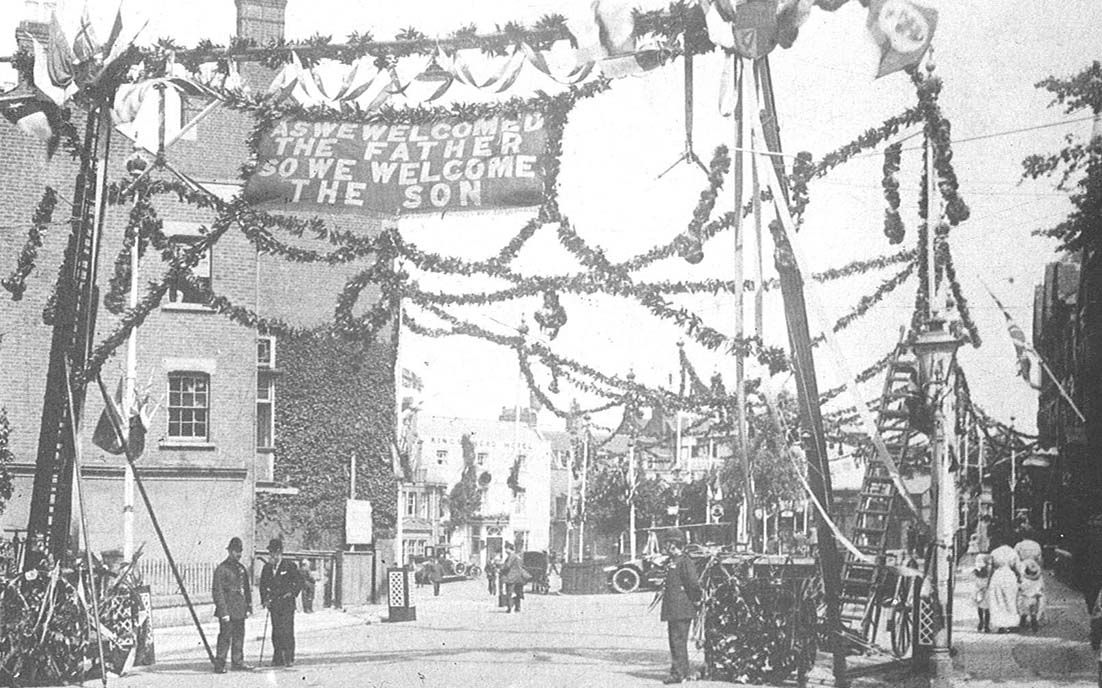
The Hill contains many layers of history, from Saxon settlement around St Mary’s Church and medieval street patterns, to grand Victorian school buildings and early 20th century suburban development.
The importance of the Hill’s historic environment is reflected in the number of designated conservation areas, some of which were amongst the earliest designated conservation areas in England. In total, the eight conservation areas cover an area of 159 hectares, which represents over one third of all Harrow’s conservation areas. There re numerous listed, locally listed and other landmark buildings throughout the Hill, which make up a varied and notable built form.
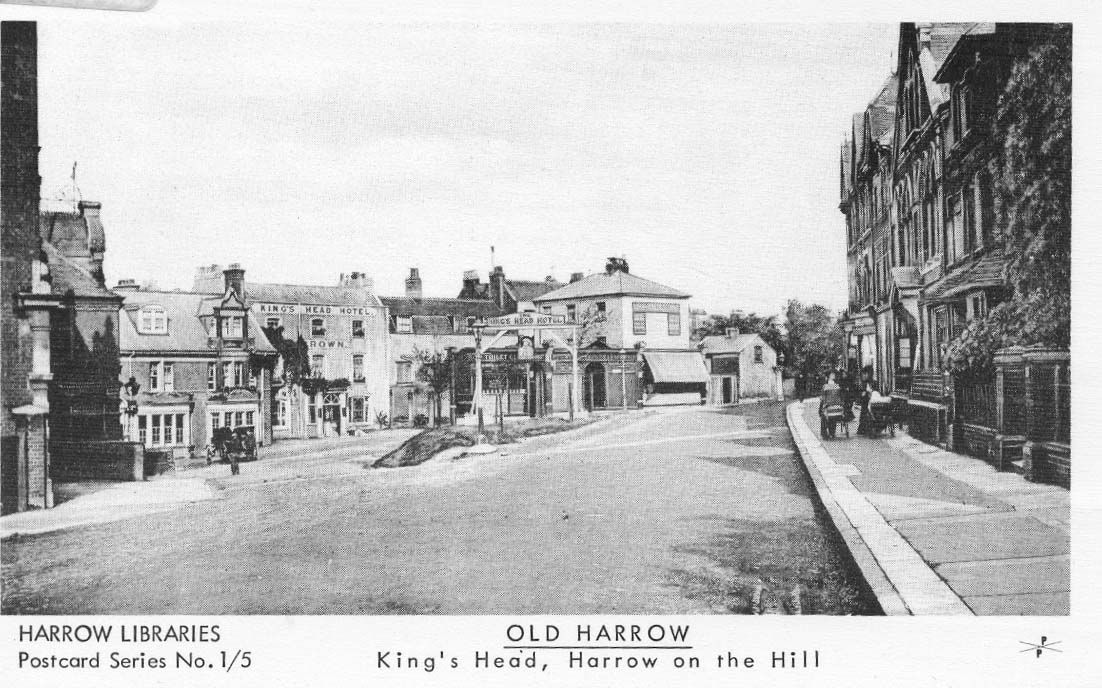
Harrow on the Hill was settled as early as the 8th century AD and became a significant medieval settlement focused around the ridge of the Hill, now regarded as the village core.
The opening of Harrow School in the early 17th century acted as a catalyst for growth and development, with new streets and buildings constructed around the High Street to accommodate the influx of people and business. This growth accelerated in the 19th century as Harrow School expanded and the Hill developed as an important commercial and municipal centre. Grand buildings for educational, business and residential purposes were built along the main roads across the Hill, with smaller buildings along numerous side streets.
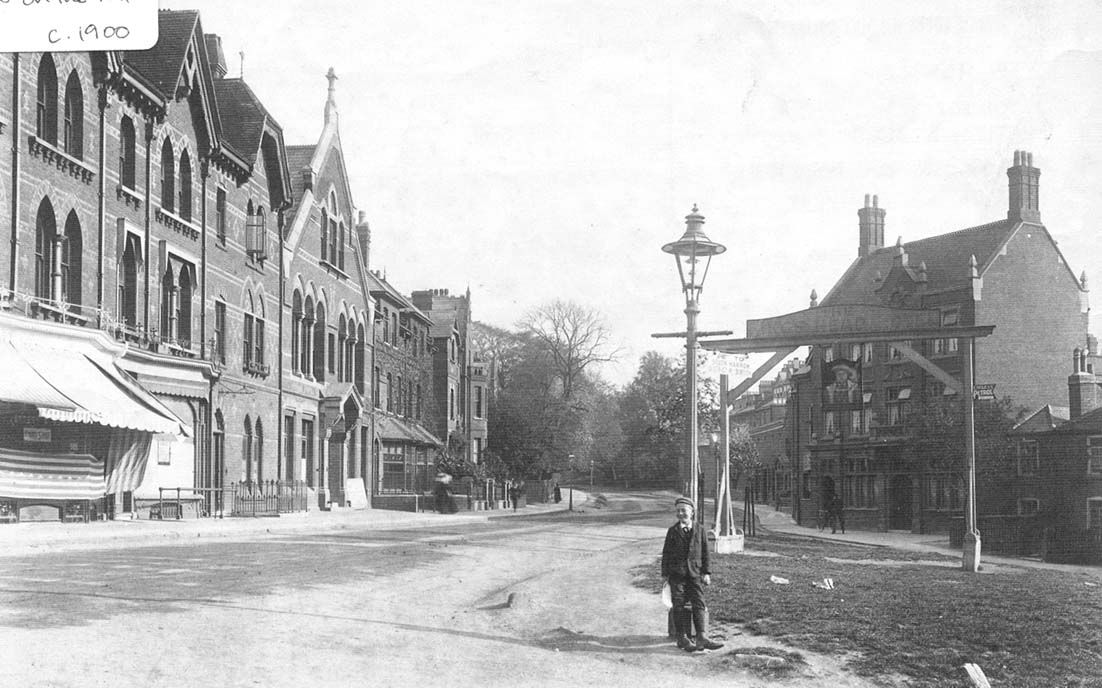
As suburban London expanded across Middlesex and around the Hill in the late 1800s and early 1900s, the development of low-density suburban housing occurred on the northern and southern slopes of the Hill. The Hill’s civic and commercial importance declined during the 20th century as the emphasis shifted towards what it now known as Harrow town centre to the north. However, the Hill retained and still retains important educational and institutional functions, and a core commercial area along the High Street. It remains a popular residential area and is an attractive location for visitors with its history, architecture and services.
Harrow on the Hill offers great leisure and lifestyle conveniences. Here is a contact list and opinions of the local Bars, Cafe’s, Restaurants, shops and other businesses, some you might not even know are there!

